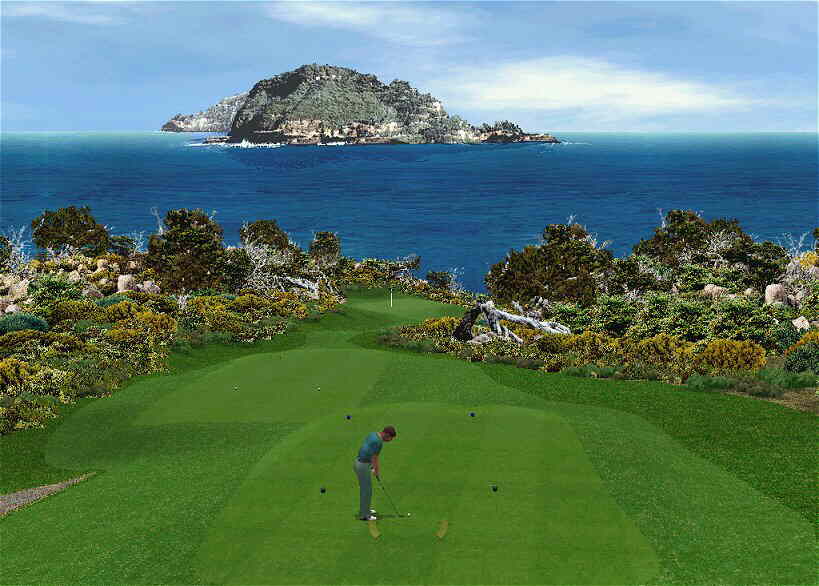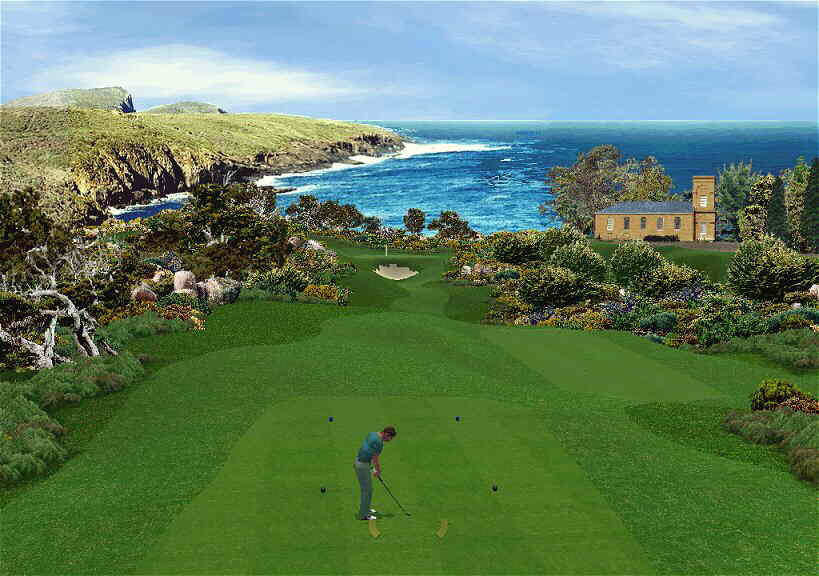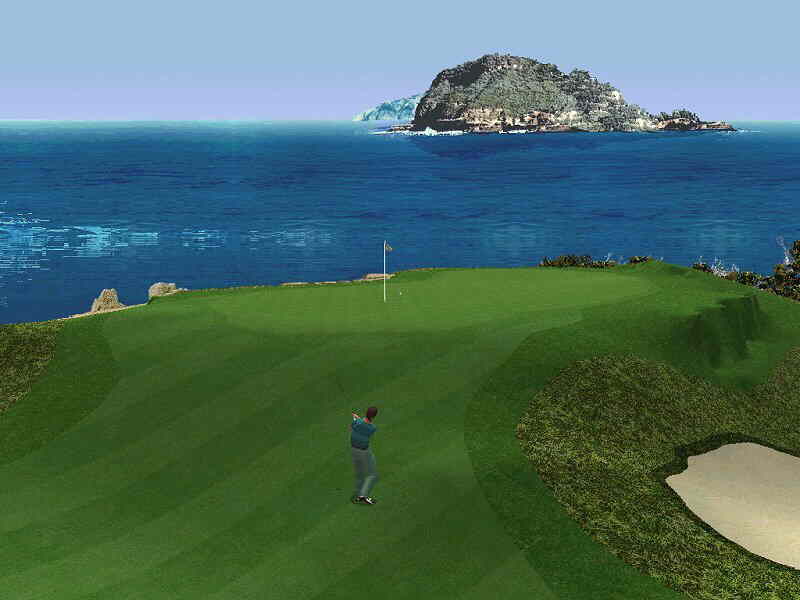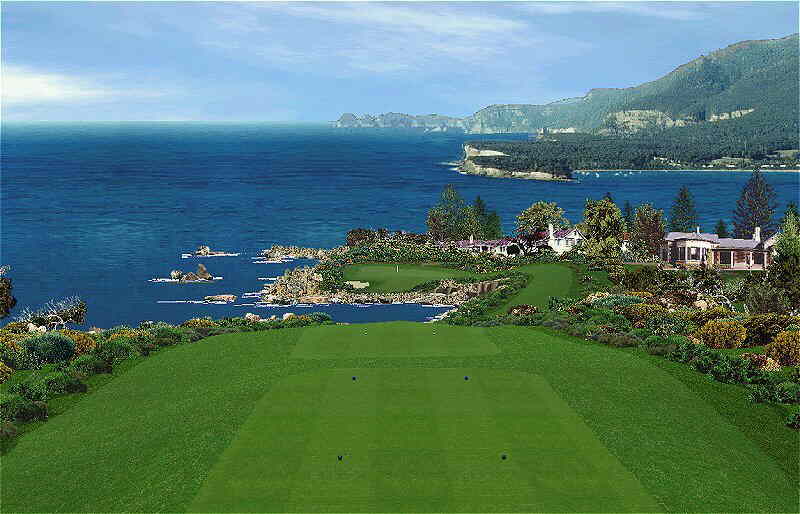|
|
|




This is how it came about. At the end of May (our early winter) my 14 years old son Darius and I have boarded in Brisbane a Quantas plane bound for Hobart. Darius was scheduled to play in a junior tennis tournament and I had planned to take some photos to prop up my next design. As it turned out, both of us were quite satisfied with the outcome of our trip. My son had made the quarter-finals in his first interstate tournament, but he had hurt his back and was forced to withdraw from the rest of the tournament play. This gave us a couple more days to explore Tasmania. In a hired car we cris-crossed the southern parts of this large island, took a midnight ghost tour of the infamous Port Arthur convict settlement, but mainly took photos of anything that did not move. We returned a week later, with about twenty rolls of film; enough to make horizons and custom objects for several new courses...
Back in Brisbane I had the films processed and I immediately started to work on the design. As I usually do, I had first created the horizon, then the custom objects. I had made about 80 brand new ones, mainly low bushes, rocks, pine and gum trees. With some eucalyptus trees from my previous Australian designs this made the total of 97 custom objects used in this design. With this unusually large number of custom objects the course might load a little slow on some machines. I make no apologies for this, they were created for this course, they are an integral part of it, without them the design would not be the same. Incidentally, all the textures and objects will be made available for downloads at my site, soon after the course is released. The limited space will probably prevent me from making the horizon available - if you want to use it in your design, just e-mail me and I will send it to you in parts.
I had certainly used up my artistic licence when designing the horizon. The bay scenery was stitched up from several photos taken in the general area of Port Arthur, the site of the first convict prison on Tasmania (fancy bringing convicts from Britain to such charming place; they had to make them work really hard to compensate for that). I had married this with the impressive Mount Wellington, which rises over 4000’ above Hobart, some 50 miles away. But this is a fictional course, so perhaps I should be forgiven.
Next came the textures. The fairway, green, tee, light rough and bunker textures are modifications of textures used in my previous design, Abbot’s Bridge, and they came out of collaboration with Paul O’Brien. The others were made to order from the Tasmanian photos.
I was more methodical in my approach to this design then in my previous efforts. Though I had a pretty good idea of what the final product should look like firmly embedded in my mind, I had made no attempt to design the general layout until all of the custom art was finished. This way I did not have to make any changes to the .ini file and thus I had avoided the Designer crushes that had plagued me in the past; this time I did not have a single crush! When designing the individual holes, once again I had extensively used the random terrain feature of GBC Designer.
I did not have to think very long about the name for this course. Australians often refer to Tasmania as the Apple Isle. The course should play perhaps a little easier than some of my previous efforts, and it should particularly favour those players who can drive accurately. Even before I made the course available for playtesting, I had played a large number of rounds to all pin positions, to make sure that no pin placements are unfair to the golfer. Some, particularly the positions 2,3 and 4, might be a little difficult, but I had birdied all of them at some stage, so they must be playable. Good golfing!